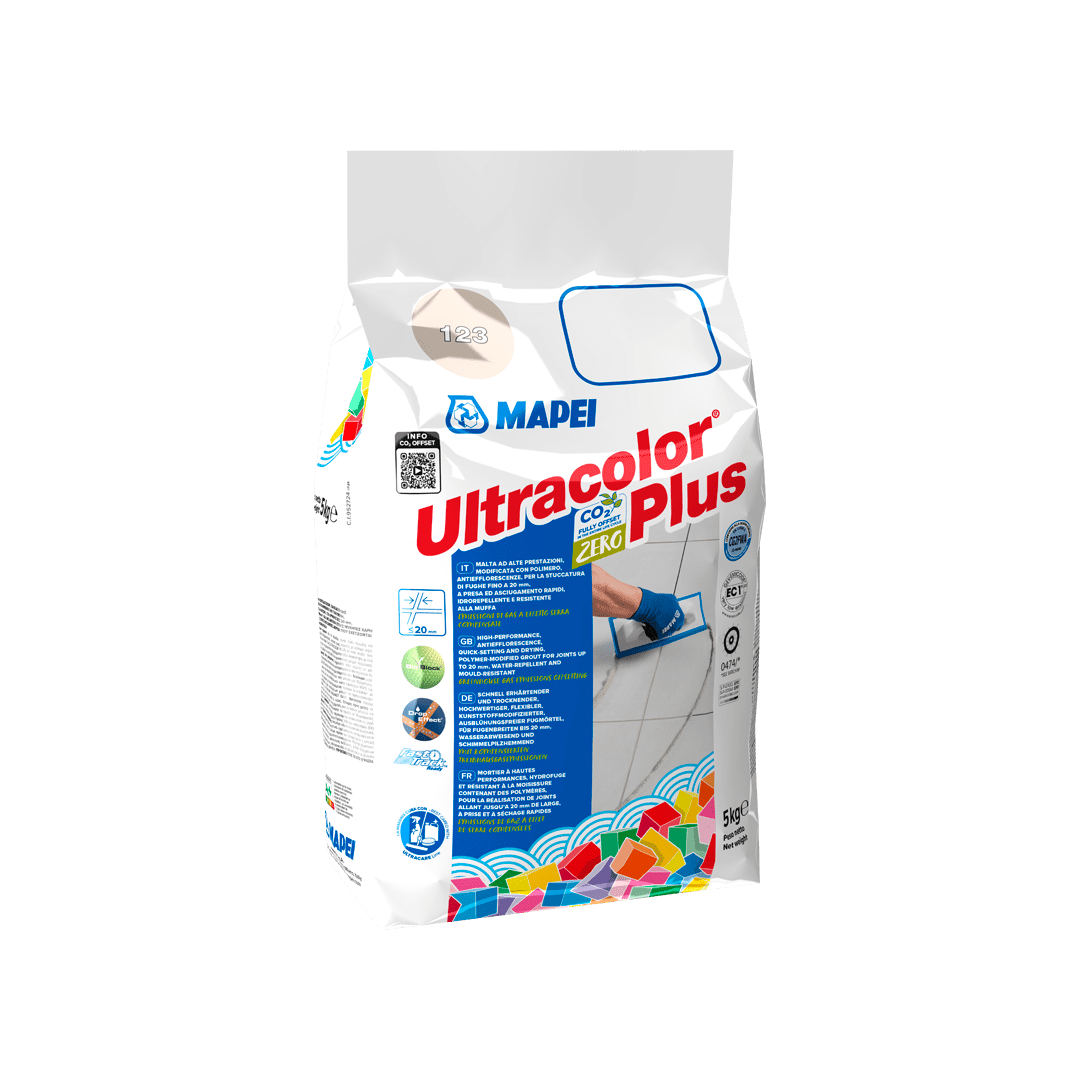
New Street Station in Birmingham
Redeveloping the busiest railway station in the United Kingdom outside of London.
Birmingham New Street is the main railway station serving Birmingham, England’s second city. It’s located in the city centre and is a central hub for the British railway system. Around 80% of train services to Birmingham go through New Street. It is a major destination for intercity trains from London Euston via the West Coast Main Line.
Birmingham New Street is the main railway station serving Birmingham, England’s second city. It’s located in the city centre and is a central hub for the British railway system. Around 80% of train services to Birmingham go through New Street. It is a major destination for intercity trains from London Euston via the West Coast Main Line.
It is also the central hub of the CrossCountry network, with long distance trains to a wide number of locations. Birmingham New Street is the busiest railway station and interchange in the United Kingdom outside London, with over 5.1 million passengers changing trains at the station annually.
A MODERN STATION
The original New Street station was built as a joint station by the London and North-Western Railway (LNWR) and the Midland Railway between 1846 and 1854 to replace several earlier rail termini. This was demolished and replaced by the current station in the 1960’s. Birmingham New Street is an enclosed station, with buildings over most of its span.
An over 1 million Euro redevelopment scheme named Gateway Plus was awarded full funding by the British government in February 2008, and new designs were unveiled in September 2008. The redevelopment included a new concourse, a new exterior facade, and a new entrance on Stephenson Street.
Work started on the redevelopment a year later, and was completed in 2015.
New Street also became the terminus of the city centre extension of the Midland Metro, also finished by 2015.
LONG-LASTING FLOORS
In April 2013, the refurbishment was half way through Phase 1 and the new concourse was opened to the public, with the remaining half closed off for work to continue. Grants of Shoreditch and UK Screeders were responsible for preparing the substrates and installing a total of 20,000 m2 of new flooring.
Initially Grants installed TOPCEM special hydraulic binder to create normal setting, fast drying and controlled shrinkage screeds, suitable to receive the ceramic flooring. TOPCEM lent itself to the project as it allows short installation times: 24 hours for ceramics and 2 days for stone. It is ideal for use in locations that would experience high levels of foot traffic, like the station.
The fast-setting, improved, deformable adhesive KERAQUICK S1 was used to install the new ceramic covering. Grant’s installed approximately 19,500 m2 of 450x150 mm natural granite slabs. Granite is the hardest of all building stones with a very dense grain, making it virtually impervious and uniquely applicable for any interior use. The stations concourses were expected to receive extremely high levels of foot traffic with over 100,000’s of passengers passing through the station each day, so granite was an ideal material for the concourse.
Once the granite slabs had been laid, the joints were grouted with ULTRACOLOR PLUS anti-efflorescence, quick-setting and drying polymer-modified mortar with water-repellent DropEffect® and mould-resistant BioBlock® technology. The product is ideal for grouting joints in floors and walls in areas subject to intense traffic, such as airports, shopping centres, restaurants, bars, railway stations, etc.
Approximately 500 m2 of Mapei’s resin and cementitious flooring products were also used to create behind the scenes service access and new flooring within the station.
Initially, UK Screeders used PRIMER SN, two component, fillerized epoxy primer, to prepare the surface for the subsequent product build up. This provided a perfect key on the existing substrate for ULTRATOP INDUSTRIAL to bond to. ULTRATOP INDUSTRIAL, a self-levelling industrial floor manufactured and distributed on the UK market by Mapei UK, was used to create the new areas of flooring. These areas would act as a temporary surface to allow passenger access between the new completed concourses and the remaining walkways that have yet to be refurbished. ULTRATOP INDUSTRIAL may remain on view as a finished floor surface due to its high mechanical strength, but in this commercial setting it was finished using MAPECOAT I 620 W.
MAPECOAT I 620 W is an epoxy coating in water dispersion, providing an anti-dust and oil resistant finishing treatment with a shiny effect.
MAPEFLOOR I 350 SL, a multipurpose, neutral-coloured, class 1 fire resistant, Euroclass "Bfl-s1" epoxy formulate was instead used to create service tunnels for contractors to access the site. It formed a continuous and flat surface with an attractive finish.
It was particularly suitable for use within the stations service tunnels as it provides a strong surface that is highly resistant to chemicals and abrasions.
For further information see www.mapei.co.uk













